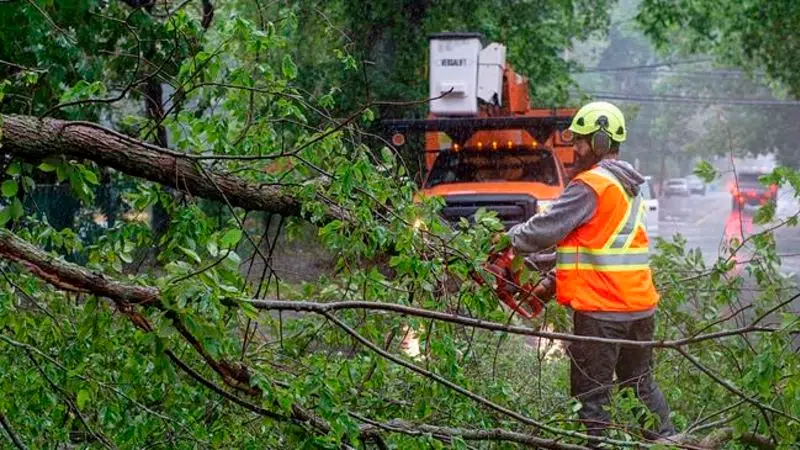
Hurricane Dorian expected to make landfall in Nova Scotia on Saturday evening
HALIFAX — The centre of hurricane Dorian was still hundreds of kilometres from the Maritimes when its outer bands started lashing southern New Brunswick and mainland Nova Scotia with strong winds and heavy rain on Saturday.
The Canadian Hurricane Centre says the big, brawny storm was expected to make landfall near Halifax later in the evening, unleashing a heavier barrage of torrential rain, pounding surf and howling gusts reaching up to 140 kilometres per hour.
“The storm is approaching … (and) it’s still a strong storm,” said Bob Robichaud, the centre’s warning preparedness meteorologist.
Hurricane warnings remained in effect for much of mainland Nova Scotia and Cape Breton. Tropical storm warnings were issued for P.E.I., southeastern New Brunswick and western Newfoundland.

